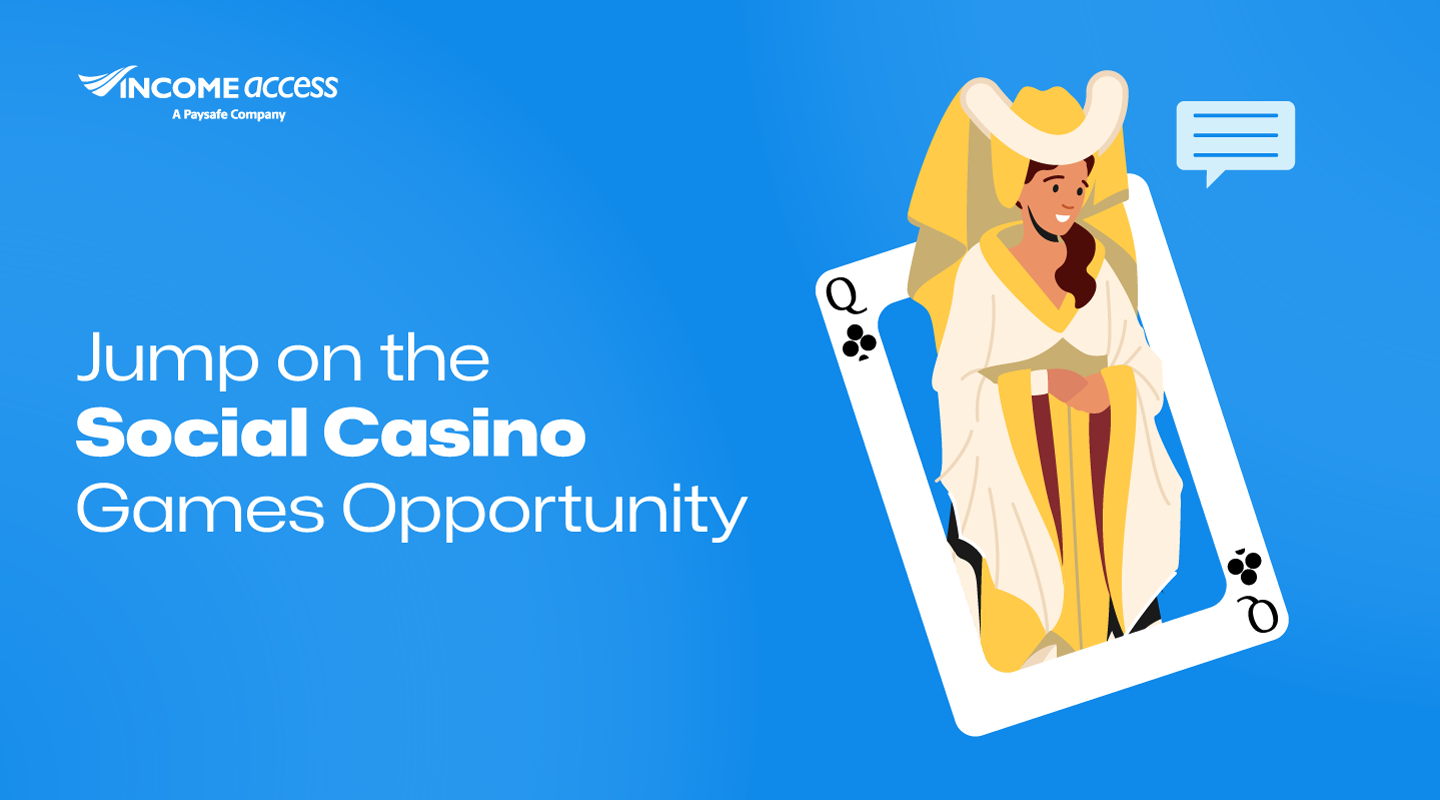
It’s Here to StayOperators haven’t totally bought into the social gaming phenomenon, particularly those with an established brand identity in the real-money gambling market. Affiliates, too, have yet to recognize the embryonic nature of social gaming, as many find the idea of forgoing valuable inventory space for a less lucrative placement to be preposterous. Yes, for the most part, it’s true – with regards to social gaming, real money is exchanged for virtual goods in lieu of big payoffs, but the entertainment value is profoundly dissimilar to traditional gambling platforms. The seemingly limitless reach of the Internet has paved the way for social brands to develop, as it’s much easier to log into an online portal rather than procure a costly and exorbitant gaming console. Patience is required, people – social gaming is a burgeoning market with a novel business model and new sources of potential revenue.
Cash Cows in the Making
The proliferation of “freemium” applications” is arguably the greatest business innovation in the modern digital era. More often than not, the cost associated with an in-app purchase is trivial, so the typical user wastes no time deliberating. It’s this dynamic of harmless gameplay that gives vitality to social gaming, as there are no two words in the English language more appetizing than risk free. These microtransactions, when isolated, are insignificant. However, it’s when these transactions are paired with a substantial base of active users that revenue potential skyrockets. For instance, Candy Crush, the enormously successful cross-platform mobile/social game generates an estimated $784,000 in daily revenue, which is, by any means, an impressive figure. But their income pales in comparison when weighed against Clash of Clans; on average, Supercell, the gaming powerhouse behind Clans, manages to produce over $1.6 million a day. Believe it or not, that’s a modest estimation. Some publications touted Supercell’s daily revenue to surpass the $5 million mark.I know what you’re thinking – don’t quit your day job. These aforementioned numbers are abnormal and rarely accomplished by a select few producers.
So why are affiliates apprehensive towards social gaming brands? Sure, there’s reasonable doubt, and not every gaming portal is destined for great success, but a little research provides evidence of the market’s untapped potential.
Social Dynamics
Imagine what it was like to be an avid gamer from the late ‘70s to early the ‘90s, otherwise referred to as the golden age of arcades. Back then, nobody owned a gaming device. In order to play, interested parties had to bust open their piggy banks and service the local arcade, fraternizing with other enthusiastic gamers while competing over high scores. The arcade’s social environment was unparalleled; real people, engaging with palpable gaming portals, talking smack with one another in the ultimate gaming milieu. By and large, arcades are all but gone, but many of the social dynamics have successfully materialized in the digital age, albeit inorganically. Nowadays high scores aren’t immortalized in a particular game’s leaderboard; but shared through Facebook, Twitter and other popular social media. That’s precisely why social gaming shouldn’t be overlooked – it’s the closest thing we’ve got to a good old-fashioned arcade.
Growth is Apparent
In just three and half years the social gaming industry is forecasted to balloon to US $17.4 billion. There’s money to be made, and the market’s sharp growth strongly suggests that social gaming will only become more attractive. For operators it’s merely a simple diversification strategy. The platform and game engine is already there, thus should be relatively effortless to develop and integrate social-friendly game. Nevertheless, at this point it’s difficult for affiliates to justify becoming involved with riskier less profitable brands, but the market’s in an early growth stage – it’s all up from here.Nothing’s guaranteed, that much is true. Nevertheless, there are a plethora of strong brands in social gaming that are unnecessarily being snubbed. Take action, sooner rather than later, or miss the opportunity to gain a competitive advantage while establishing an alternative revenue stream.


